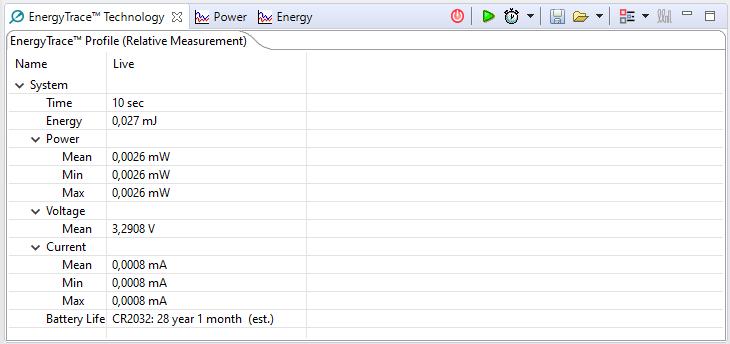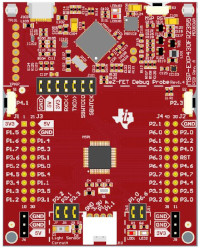updates
Energia e Lavoro - Watt e kWh
Negli ultimi tempi si parla sempre di più di aumento dei costi dell’energia e del costo del kWh (chilowattora). Vediamo qualche dettaglio di cosa sia l’energia per poi arrivare al kWh. La comprensione del tutto ci dovrebbe poi aiutare al risparmio consapevole, potendo dunque affrontare il rincaro per mezzo del risparmio.
PCB Layout – Impedance Control
Modern electronic circuits often use high speed communication channels to enable information transfer and elaboration. Cell phones and PC mother boards could be typical system examples we use on a daily basis. Electrical signals, that must travel to the PCB to let a LED blink, do not typically drive any major concerns, but if the signal is going to use a protocol working at 1Gbits/s, the PCB traces need different considerations. The article will describe “why” and “how” to make sure the PCB can enable signal integrity along the trace, and make sure that the information is transferred correctly. Special focus will be also given to the manufacturability of the PCB.
MSP430 Step by Step - Capitolo VIII
Studiare l’architettura di un microcontrollore non è sufficiente per iniziare a programmare lo stesso. Infatti molti aspetti della programmazione, sebbene strettamente legati al microcontrollore, vengono a dipendere anche dal linguaggio e compilatore utilizzato. Il linguaggio C astrae certamente il programma dall’architettura del microcontrollore ma molti aspetti come le interruzioni o impostazioni delle periferiche, richiedono una conoscenza accurata sia del microcontrollore che del compilatore. In questa parte del corso utilizzeremo le interruzioni e le modalità Ultra Low Power.
MSP430 Step by Step - Capitolo VII
Nei precedenti Capitoli abbiamo visto come salutare il modo e leggere i pulsanti. Sebbene tutto abbia funzionato non ci si è posti il problema di come la sequenza di operazioni potesse essere eseguita. Ogni MCU, per quanto semplice possa essere, richiede un clock al fine di permettere alla CPU di eseguire ogni qualsivoglia operazione. In questo capitolo vedremo gli accorgimenti introdotti nel modulo di distribuzione del clock degli MSP430 al fine di poter supportare le applicazioni Ultra Low Power. Nonostante molte delle nozioni relative all’architettura facciano riferimento agli MSP430, le problematiche risolte permettono di comprendere anche altri microcontrollori e relativi moduli di distribuzione del clock. Nel seguente capitolo si spiegherà in maggior dettaglio il modulo Clock System (CS) usato nella famiglia MSP430FR2355, ma si introdurrà anche l’Unified Clock System (UCS) usato nella famiglia MSP430F5xx, MSP430F6xx nonché alcuni modelli FRAM. In ultimo, verranno spiegate le modalità Low Power quale forma di armonizzazione del clock e la sua distribuzione.
MSP430 Step by Step - Capitolo VI
Nel precedente Capitolo abbiamo visto come salutare il mondo ed in particolare i vari file che vengono inclusi al fine di permettere una programmazione più confortevole. Sebbene il programma di esempio fosse piuttosto semplice, ha permesso di introdurre l’organizzazione generale di un programma per MSP430. In questo nuovo Capitolo affronteremo in maggior dettaglio le impostazioni associate al microcontrollore al fine di poter non solo scrivere dati in uscita, ma anche poter leggere dei dati, come per esempio la pressione di un pulsante. Si mostrerà inoltre con qualche dettaglio una corretta inizializzazione delle porte di I/O al fine di ridurre i consumi in applicazioni alimentate a batteria.
Registrati al sito
Accedi a tutte le risorse e articoli non visibili pubblicamente, puoi registrarti con pochi passi.
Login
Online
Abbiamo 136 ospiti e nessun utente online



